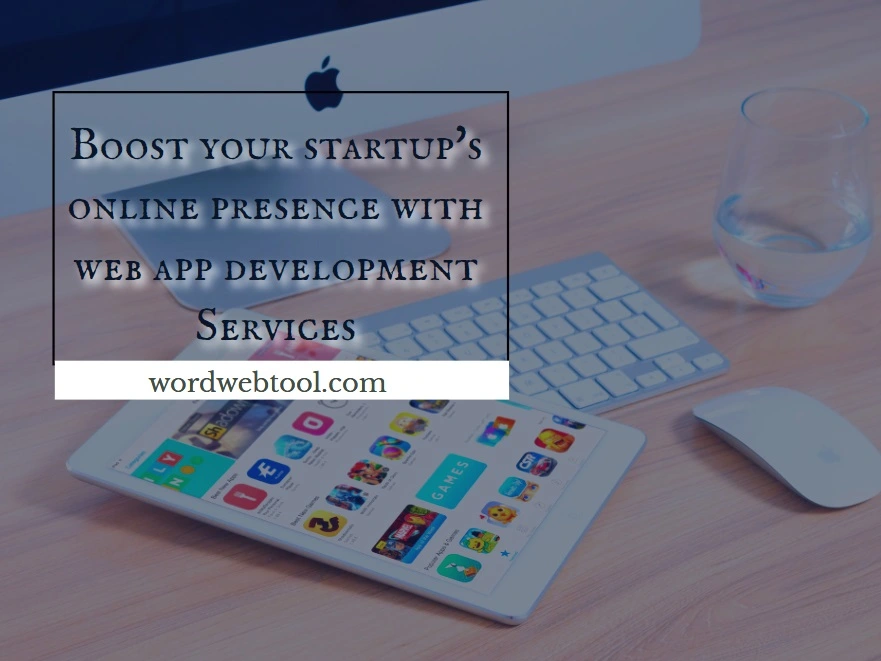Why Accessibility Is the Future of Assistive Technology? - WorldWebTool
Why Accessibility Is the Future of Assistive Technology
Assistive technology is an umbrella term for technologies that assist, support or enhance human abilities. It is a term used to describe any device which can be used to aid people with disabilities in performing tasks at home, work, school or play. The term "assistive technology" is often used to describe devices that can be used by people with physical disabilities, or neurological conditions. Assistive technology can also refer to technologies which assist people with cognitive disabilities, those who have hearing loss, or those who have speech impairments. Assistive technology supports a wide range of activities and includes devices such as hearing aids, communication devices (such as telephones or text-to-speech systems), facial prosthetics, wheelchair accessories (such as conversion equipment) and computer tools for browsing the internet. Assistive technology may include medical devices such as adjustable beds and wheelchairs, but also non-medical devices such as scooters that allow people.
What is Assistive Technology?
Assistive technology is technology that can improve a person's ability to live independently and participate in society. Assistive technology includes devices, software, and services that allow people with disabilities to have equal access to the world around them. Assistive technology has been around for years, but it is becoming more and more important as the population ages and numbers of people with disabilities grow. Here are some reasons why accessibility is the future of assistive technology:
- More people are living with disabilities.
- The number of people with disabilities is growing rapidly.
- The cost of Assistive Technology is decreasing rapidly.
- Assistive Technology can be used in many different areas of life.
Types of Assistive Technologies
There are a number of different types of assistive technologies, each with its own benefits and applications.
- Aural disabilities: These disabilities affect an individual's hearing. Assistive technologies that work with aural disabilities include captioning, spoken word recognition, and text-to-speech software.
- Visual disabilities: These disabilities affect an individual's vision. Assistive technologies that work with visual disabilities include magnification software, screen readers, and braille output devices.
- Physical disabilities: These disabilities affect an individual's ability to move around or use their hands. Assistive technologies that work with physical disabilities include voice control devices, joystick controls, and touch screens.
- Learning disabilities: These disabilities affect an individual's ability to learn from experience or to process information. Assistive technologies that work with learning disabilities include adaptive software and learning aids such as flashcards and quizzes.
- Other disabilities: These disabilities include mental illness, neurological problems, injuries, physical impairments and conditions. Assistive technologies that work with other disabilities include specialized software to help individuals with visual impairment or learning disabilities.
How to Make an Accessible Product
There are many ways to make an accessible product. The first step is to identify the needs of your target audience. Once you know their needs, you can start to think about how to meet them. Here are some tips for making an accessible product:
-Think about how people with disabilities use technology. Do they need a specific feature? Is a button difficult to press?
-Design for all users, not just those with disabilities. Include instructions and descriptions in all languages, and make sure that your website is easy to navigate regardless of user location or device type.
-Think about the way people interact with technology. Can someone without a disability use your product? Can a person with a disability use it with assistance?
-Use standard design principles when designing for all users, including accessibility features. Make sure your fonts are large enough and that icons and images are legible on different types of screens.
-Test your products thoroughly before release. Make sure that every user can access everything on your website and app, regardless of disability. If you find any inaccessible areas, fix them as soon as possible! Although Apple has long provided a wealth of information to help users purchase and install accessibility tools, many of us have been unable to make use of it. However, the iPhone 8 and iPhone X finally provide a platform for developers who would like to harness the power of accessibility features making the iPhone accessible for all users! That said, there are several steps that you can take to design your apps with accessibility in mind. In this article, I will cover what accessibility is and how you can integrate it into your app development lifecycle to help ensure that every user can access your app no matter their disability.
Conclusion
Assistive technology is a rapidly growing field that has the potential to make life easier for people with disabilities. With devices like voice-activated smart assistants, Braille displays, and magnifiers, more and more people are able to take full advantage of modern technology. The accessibility movement is not new in fact, it has been around for quite some time but it is gaining momentum thanks to the rapid advancement of assistive technology. So if you are interested in helping advance this cause, be sure to get involved!
 English
English
 Bahasa Indonesia
Bahasa Indonesia
 Português
Português



